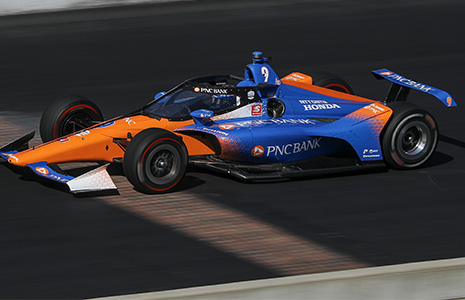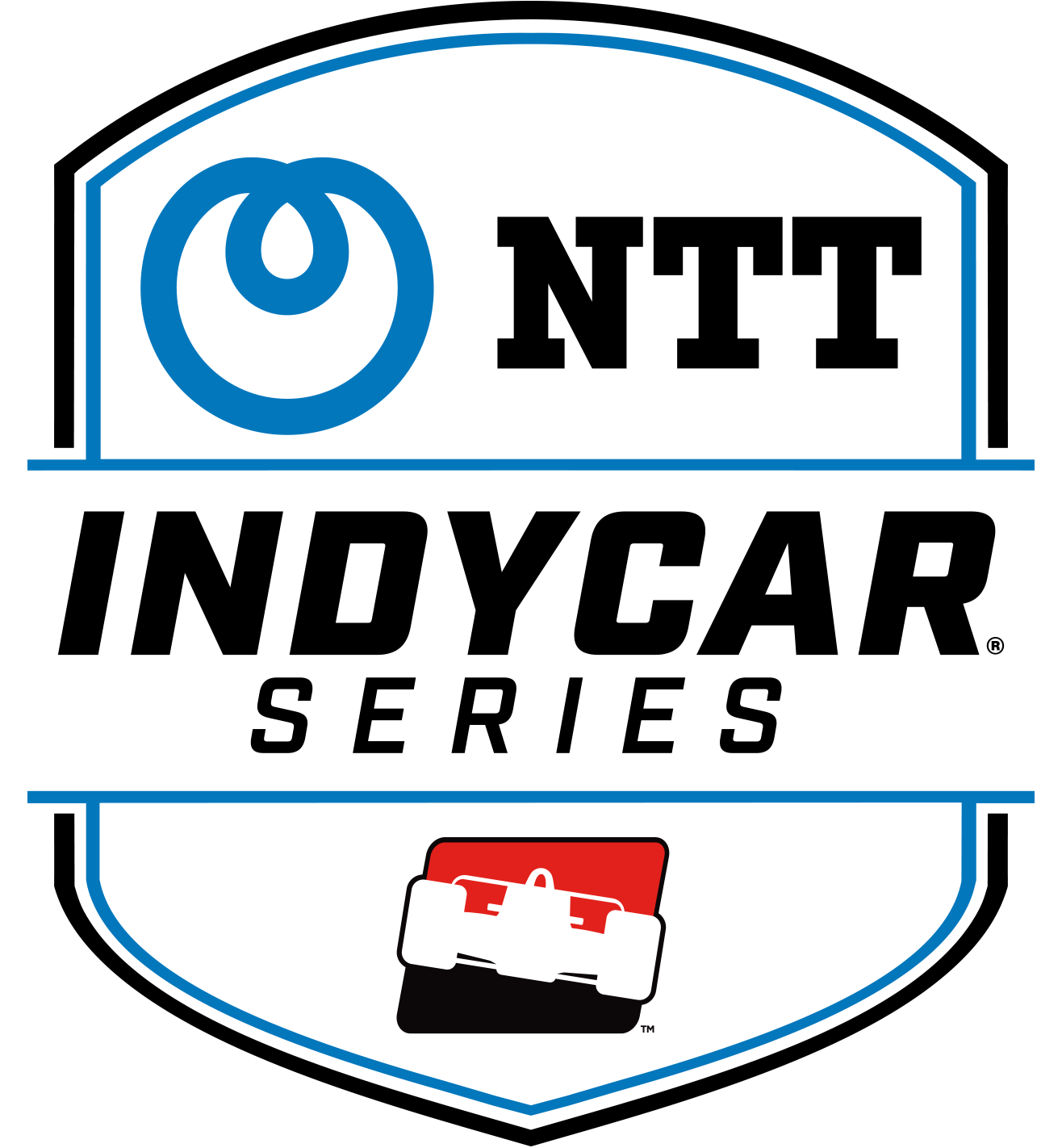Top 2019 Stories: No. 4, Aeroscreen, hybrid technology introduced
DEC 26, 2019
It took only a few laps before Josef Newgarden was comfortable with the latest addition to the look and safety of Team Penske's No. 2 Hitachi Team Penske Chevrolet. In October at Richmond Raceway, Newgarden tested the new Aeroscreen that’s been added to his -- and all other cars in the NTT IndyCar Series -- for the 2020 season.
“Perception-wise, it was a little different when I first got in (the car), but it took maybe 30 or 40 laps and after that you’re pretty used to it,” the series’ reigning champion said. “It’s pretty normal at this point.”
When plans for the Aeroscreen were unveiled in May at Indianapolis Motor Speedway, five-time NTT IndyCar Series champion Scott Dixon of Chip Ganassi Racing was on board with the plan.
“We wanted to make sure as drivers that if we did run something that it was going to be something great -- not something rushed, not something that hadn’t been tested well,” Dixon said during the announcement on May 24. “… It’s exciting for all of us drivers and something that will be extremely exciting for many categories. We’ve seen other versions of this, but I think this one covers a lot more bases.”
 The screen, designed by Red Bull Advanced Technologies, is designed to reduce the risk of injury from airborne debris striking drivers. It involves a polycarbonate laminated screen supported by a titanium framework.
The screen, designed by Red Bull Advanced Technologies, is designed to reduce the risk of injury from airborne debris striking drivers. It involves a polycarbonate laminated screen supported by a titanium framework.
It is the latest version of cockpit protection devices that were tested and employed in 2019, including the Advanced Frontal Protection (AFP) device that debuted in May at the INDYCAR Grand Prix. After the latest test of the Aeroscreen on Nov. 5 at Sebring International Raceway, it received more driver endorsements.
“You can barely tell the screen is there because it’s pretty clear,” said new Arrow McLaren SP driver Pato O’Ward, one of three drivers at the Sebring test. “Obviously, it’s a bit more enclosed, but you see everything you usually see. The eyes kind of look around the halo, so you don’t really notice it. Once you’re pushing, you don’t really see the Aeroscreen.”
The Aeroscreen wasn’t the only technological development announced during the 2019 season. In August, series leaders announced a single-source hybrid engine plan that will be put in effect for the 2022 season and will increase the output of Honda and Chevrolet engines to 900 horsepower.
“As we move toward the future, we will remain true to our racing roots of being fast, loud and authentic, and simultaneously have the ability to add hybrid technology that is an important element for the series and our engine manufacturers,” INDYCAR President Jay Frye said.
For 2022, INDYCAR, in partnership with Chevrolet and Honda, will implement a single-source hybrid system in its race cars. In keeping with INDYCAR's history of integrating innovation into the sport, the hybrid powertrain will mark the first time that vehicles will depart from the traditional, manual hand-held electric starters to a hybrid component that can be activated by the driver from the cockpit. Additionally, engines are targeted to exceed 900 horsepower.






















